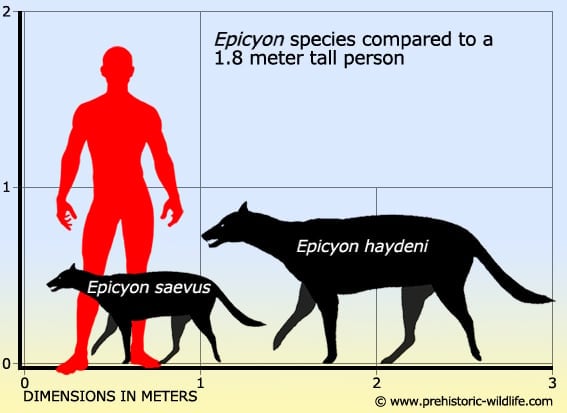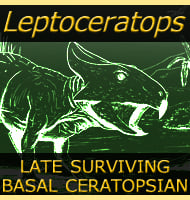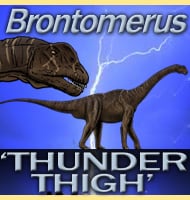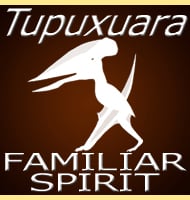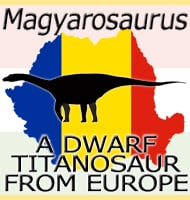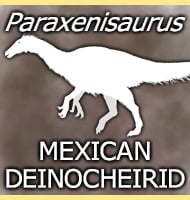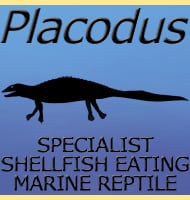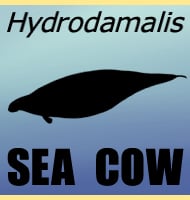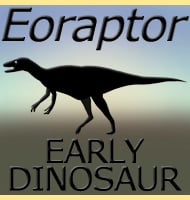In Depth
Although it had a skull more like that of a big cat, Epicyon was an early ancestor to canines. Epicyon is noted for having an incredibly powerful body that may have weighed up to one hundred and seventy kilograms (for Epicyon haydeni). Its unusually shaped skull meant that Epicyon had a very short muzzle, something that may have enabled it to more easily crunch bones because the jaws biting down are nearer the fulcrum of the jaw resulting in more power. This advantage has also been proposed as part of the feeding method for Arctodus, better known as the short faced bear.
While the exact methods of hunting and prey animals for Epicyon are not known with certainty, other later and powerfully built canids such as Canis dirus (Dire Wolf) are thought to have grown stronger so that they could tackle larger and more powerful prey. Given its muscular and heavy build Epicyon may have had a similar prey preference, as it would have been easier for it to chase and catch these types rather than smaller and faster prey. Epicyon might have also relied more upon scavenging than actual hunting.
Further Reading
– Phylogenetic systematics of the Borophaginae (Carnivora: Canidae) – Bulletin of the American Museum of Natural History 243:1-392 – X. Wang, R. H. Tedford & B. E. Taylor – 1999. – Late Miocene mammals from the Mauvilla Local Fauna, Alabama – Bulletin of the Florida Museum of Natural History 46(1):1-28 – R. C. Hulbert and F. C. Whitmore – 2006.
